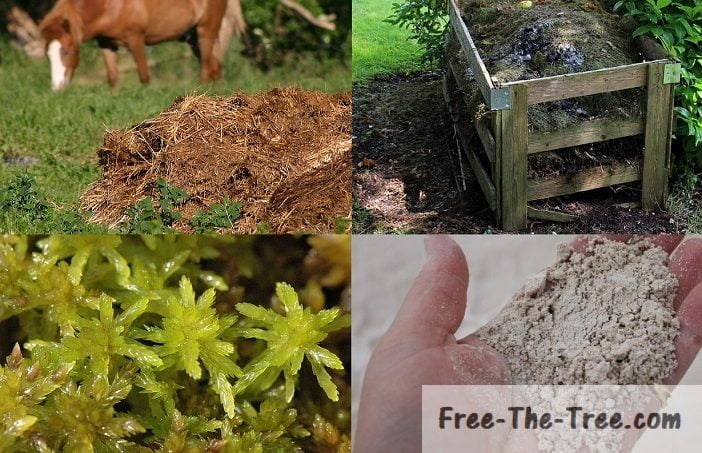Alfalfa Meal
Alfalfa meal has 2.5% nitrogen, 5% phosphorus and about 2% potash. This makes it a very good ingredient for a nutritive solution to be mixed to your watering.
Another way to make the nutrients available to the plant is to let the Alfalfa decompose in the soil. Using this method it will take some time before the nutrients are available.
How to make an Alfalfa based nutritive solution
- Place 1 serving of Alfalfa in 10 servings of water.
- Cover and let it sit for about 10 days. Stir every day or two.
- Extract the liquid
- Water your plants with it, all the nutrients will be quickly available to the cannabis’s roots 🙂

















